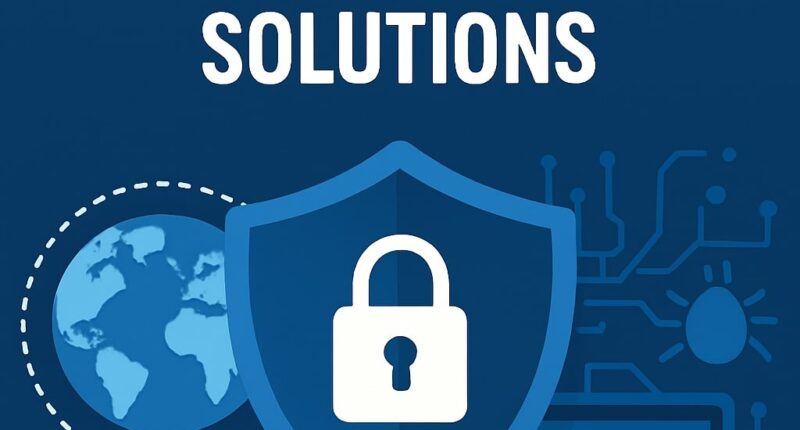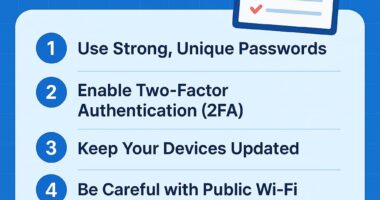In today’s hyper-connected world, the internet powers communication, commerce, and innovation. However, with this rapid growth comes increasing risks. Global internet security challenges threaten individuals, businesses, and governments alike. Addressing these issues with effective solutions is essential to ensure a safe and resilient digital ecosystem.
Major Global Internet Security Challenges
1. Cybercrime and Data Breaches
One of the most pressing challenges is the rise of cybercrime. Hackers exploit vulnerabilities to steal sensitive information, leading to large-scale data breaches. These incidents not only damage reputations but also cause significant financial losses.
2. Ransomware Attacks
Ransomware is a global threat affecting hospitals, corporations, and government institutions. Cybercriminals lock critical systems and demand payments in cryptocurrency, creating serious disruptions.
3. Phishing and Social Engineering
Phishing emails and fraudulent websites trick users into sharing personal data. With advanced techniques, attackers bypass traditional security measures, making phishing a persistent global risk.
4. IoT Vulnerabilities
The growing use of the Internet of Things (IoT) creates new entry points for hackers. Insecure smart devices can be hijacked, leading to privacy breaches and large-scale botnet attacks.
5. State-Sponsored Cyberattacks
Geopolitical tensions have fueled state-sponsored attacks targeting critical infrastructure, defense systems, and government networks. These attacks pose a severe risk to national security.
Effective Solutions to Internet Security Challenges
1. Stronger Cybersecurity Policies
Governments and organizations must implement robust cybersecurity regulations and standards. International collaboration is necessary to establish frameworks for data protection and cyber defense.
2. Advanced Threat Detection Technologies
AI-powered threat detection, machine learning, and real-time monitoring can help identify and mitigate cyberattacks before they cause damage.
3. Employee Awareness and Training
Human error is often the weakest link. Regular training on phishing detection, password hygiene, and secure browsing can significantly reduce risks.
4. Multi-Factor Authentication (MFA)
MFA adds an extra layer of security, preventing unauthorized access even if passwords are compromised. Organizations should adopt MFA across all systems.
5. Securing IoT Devices
Manufacturers must integrate built-in security features in IoT devices, while users should update firmware regularly and configure strong authentication measures.
6. International Cooperation
Cyber threats do not respect borders. Global collaboration, intelligence sharing, and joint initiatives are crucial to counter state-sponsored attacks and cross-border cybercrime.
Future of Global Internet Security
The future of internet security depends on innovation and collaboration. Quantum-resistant encryption, zero-trust architectures, and stricter global policies will shape a safer digital environment. As threats evolve, proactive defense strategies will be essential.
Conclusion
Global internet security challenges are complex and ever-changing. From ransomware to state-sponsored cyberattacks, the risks are vast. However, with advanced technology, international cooperation, and greater awareness, we can build a safer digital world. Prioritizing cybersecurity solutions today will ensure a secure, trustworthy internet for future generations.









